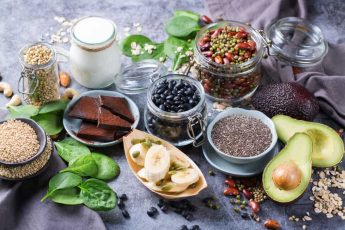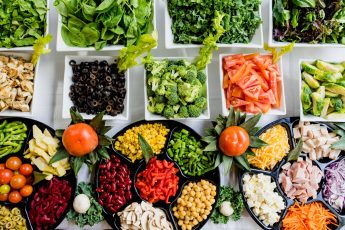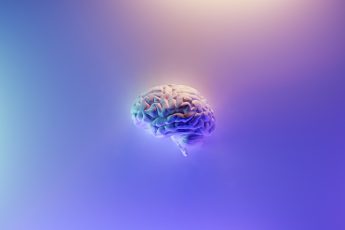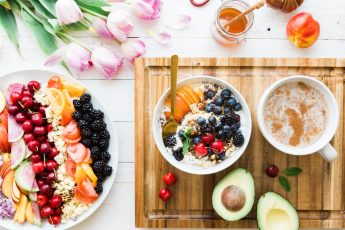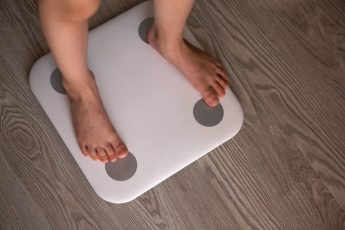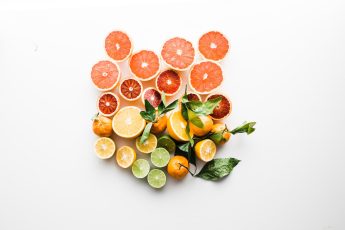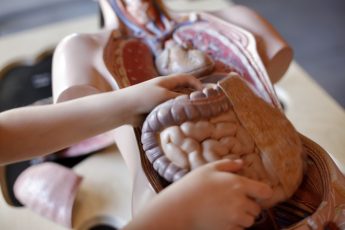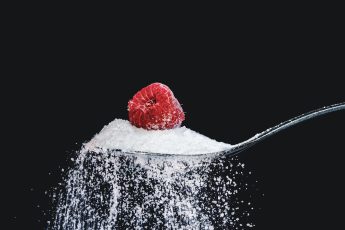Facts about belly fat
The belly is one of the first body parts where extra calories are deposited. Visceral fat in this area is terrible for your health, increasing your chances of metabolic syndrome, stroke, cancer, heart disease, and diabetes. Alas, there is no magic cure how to get rid of belly fat. But there is good news: to cope with it, and you need to take just a few simple steps.
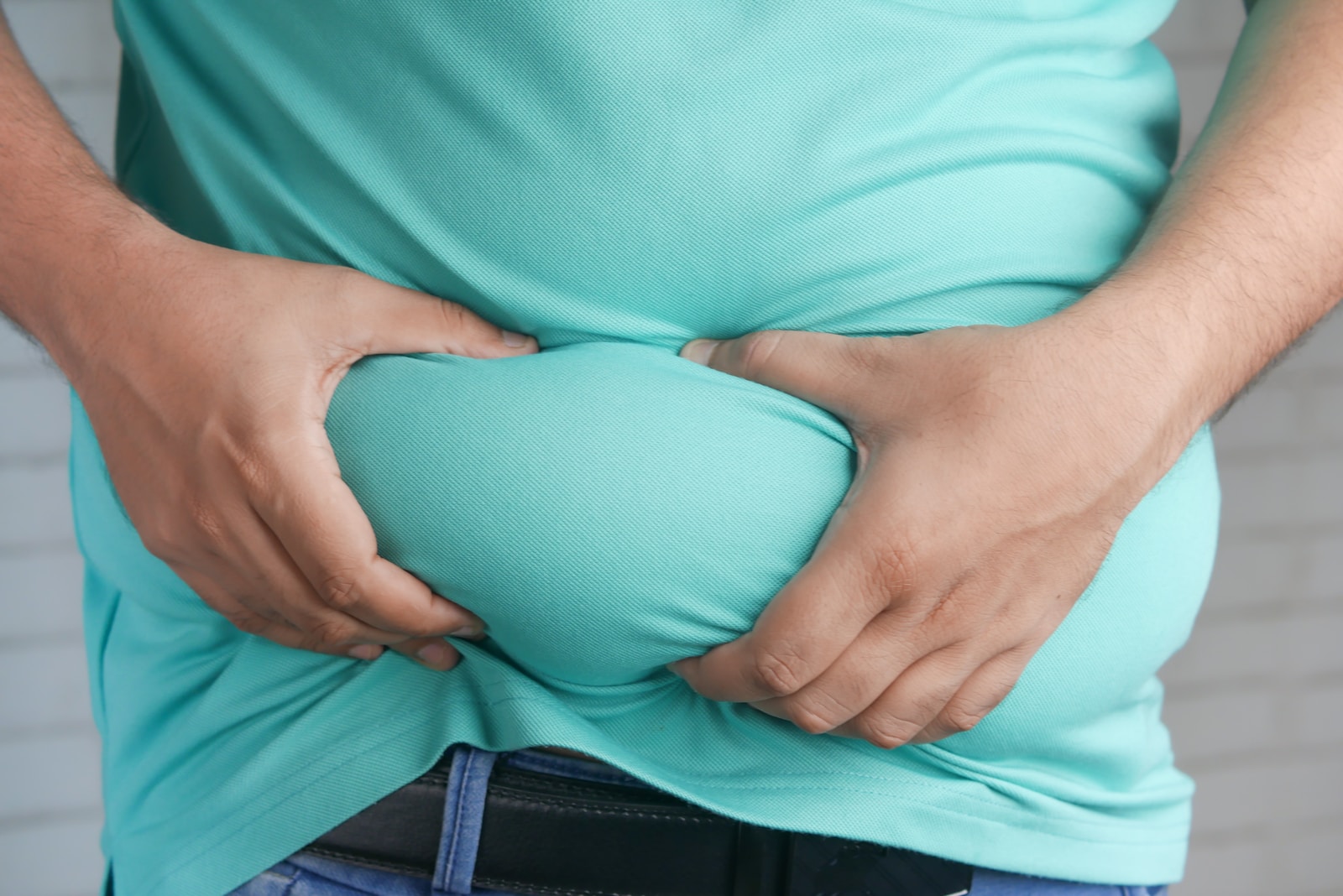
Different types of fat depots
Fat is crucial to health and quality of life. It is involved in many metabolic processes, plays a significant role in energy storage, acts as an airbag, and protects against excessive cold or heat.
Fat deposits in humans consist primarily of white fat. It is what is stored in the body during obesity. It can be further divided into subcutaneous, visceral, and ectopic fat, depending on its location in the body. In other words, brown and beige fat use up energy, while white fat stores it.
Subcutaneous fat tissue
It is, as the name suggests, located just under the skin. This fat is soft, and you can pinch it. Some amount of it is necessary for a person, but excessive is already harmful. However, this type of fat is not yet as dangerous to health as the deeper ectopic and visceral fat.
Ectopic fat
Although ectopic fat is also detrimental to health to some extent, this article focuses on a different kind. It is fat “flowing” to areas where it should not accumulate. These areas are mainly the liver, pancreas, heart, and muscles.
Visceral fat
It wraps around your internal organs. This deeply hidden fat is responsible for the protrusion of the abdomen. Subcutaneous fat is also present in this area, but visceral fat makes the belly noticeably larger. Excessive visceral fat in the body leads to negative consequences such as obesity, heart disease, diabetes, chronic inflammation, and cancer.
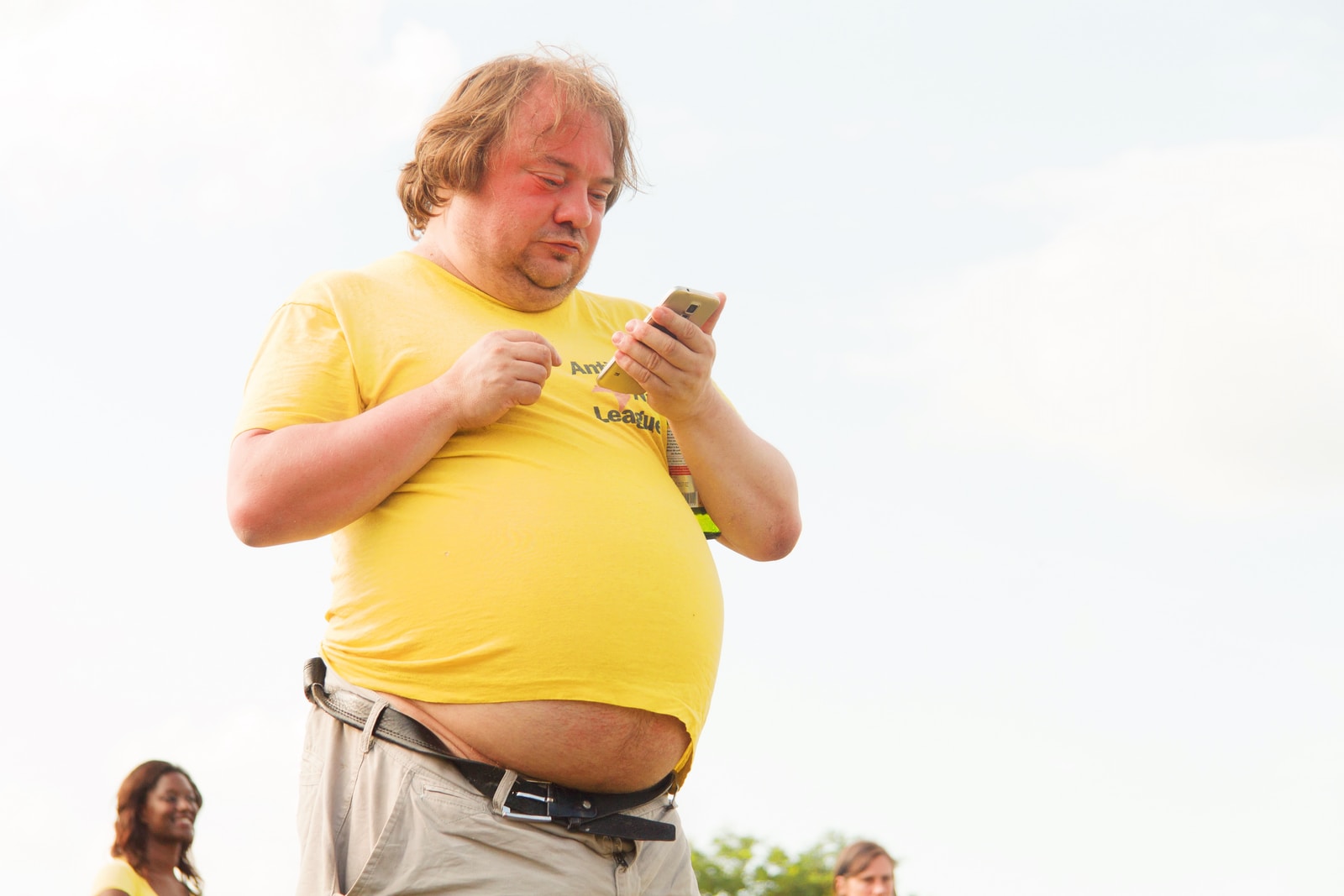
It is worth mentioning that both excess and deficiency of body fat can cause health problems. Too little of it leads to nutritional deficiencies, hormonal imbalances, metabolic disorders, reduced immunity, and osteoporosis.
Fats in the diet
For years dietary fat has been mercilessly demonized. The standard advice was to avoid it, with the unintended consequence that people began to refuse even very healthy but “too fatty” foods such as avocados, nuts, seeds, eggs, and oils.
Compulsive fat avoidance increases the consumption of nutrient-poor processed foods, which typically contain many refined carbohydrates and sugars. Switching to a low-fat diet led to a significant increase in total caloric intake, increasing obesity rates.
Fats are an essential element of a healthy, balanced diet. But as with every macronutrient, some types are more nutritious than others. For example, mono- and polyunsaturated fats are usually classified as “good. Foods rich in them are avocados, olive oil, nuts, seeds, and fish. Saturated fats are generally classified as “bad,” but many foods with them are still healthy, such as cheese, coconut oil, eggs, and yoghurt.
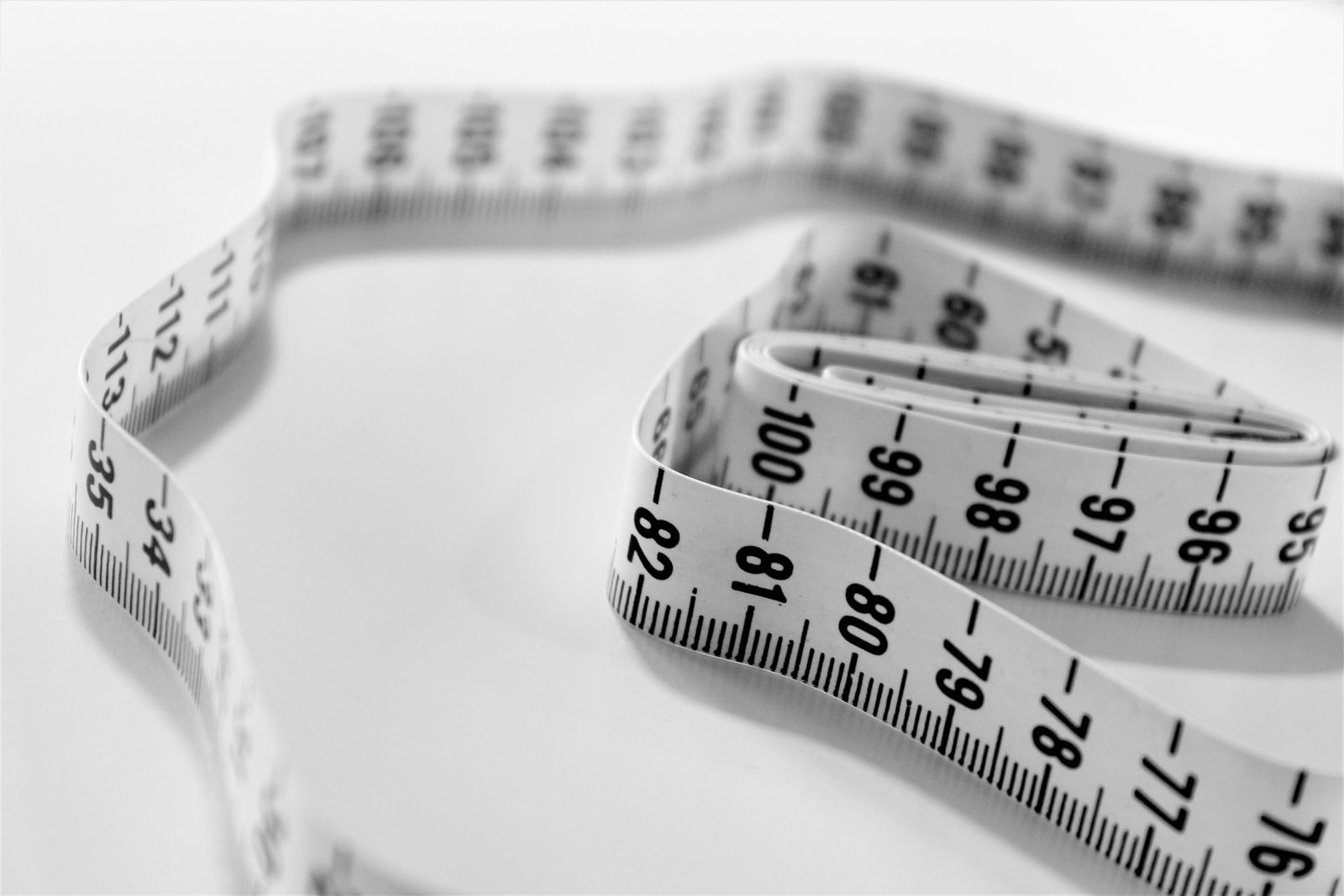
The bottom line is that the constant consumption of more calories than are consumed during the day leads to fat accumulation in the body, especially in the abdominal area. You can reduce its deposition by changing your lifestyle.
3 simple steps to help control stubborn belly fat
Healthy eating habits
Keep your diet clean by eating whole, unprocessed foods. Processed foods usually contain refined grains, added sugars and fats, and other unhealthy ingredients. These foods introduce vast amounts of empty calories into the diet.
Whole foods are foods that are closest to their natural state. They contain no harmful additives or artificial ingredients. They are the opposite of processed foods. Examples are whole grains, fruits, vegetables, legumes, nuts, and seeds. Of proteins, meat, chicken, eggs, and dairy products are considered. Also, nut butter and Greek yoghurt are considered whole, although they require some processing. Check labels to ensure that the foods you buy do not contain unhealthy additives. The key is to choose unsweetened versions.
Avoid consuming sugary drinks, as they also stimulate visceral fat accumulation. Even fruit juices contain a lot of sugar. Give preference to beverages without calories, such as plain, lemon, and sparkling water. If you like tea, drink it unsweetened.
Include healthy fat in your diet, such as grass-fed meats, fish, avocados, nuts, seeds, and coconut oil. Scientists have proven that reducing your intake of processed carbohydrates and increasing the proportion of healthy fats in your diet reduces abdominal fat.
Add protein to every meal. It helps reduce hunger, prevents overeating, and helps reduce the overall caloric content of the diet. A higher protein intake combined with a moderate reduction in calories burns abdominal fat, particularly visceral fat.
Here are some tips for adding more protein to your diet:
- sprinkle unsweetened Greek yogurt with nuts;
- eat toast with eggs and avocado;
- add a spoonful of protein powder to your oatmeal;
- mix cottage cheese with sunflower seeds;
- snack on a piece of cheese;
- make scrambled eggs with peppers and onions;
- add nuts and seeds to salads;
- dip apple slices in peanut butter.
Exercises to burn belly fat
The second key to getting rid of belly fat is constant daily exercise, at least 30 minutes at a time. Try taking 30-60 minute walks or bicycle rides if you like walking outdoors. If you like water, swim. You can walk for 15 minutes in the morning and another 15 minutes in the evening for those who don’t have much time. The main thing is to keep moving your body.

If you like working out indoors, there are plenty of options for you, too. Find workout videos and do them at home. It could be dancing (like Zumba) or yoga. If you prefer social interaction, try joining a class at the gym.
Combine cardio, strength, and core exercises, many of which you can easily do from the comfort of your own home. But be careful when trying new types of exercise – talk to your doctor to make sure it’s right for you.
Healthy lifestyle
In addition to good eating habits and exercise, getting rid of belly fat helps with a healthy lifestyle:
- Drink beverages without calories. If you don’t like plain water, try lemon water or unsweetened iced tea;
- Get a good night’s sleep, as lack of sleep has also been found to be associated with an increase in belly fat. Getting enough sleep has many benefits – it benefits the immune system, reduces the likelihood of poor health and improves mood. Sleep is closely linked to various hormonal and metabolic processes. To get a good night’s sleep, try to keep the bedroom cool, dark and quiet. Turn off cell phones;
- Incorporate stress-reducing activities into your routine, such as yoga, meditation, stretching, walking, cooking, gardening and swimming;
- Drink less alcohol – abusing it can lead to excess belly fat;
- Be mindful of everything you do, especially food. This will help you slow down and enjoy the process of eating.
